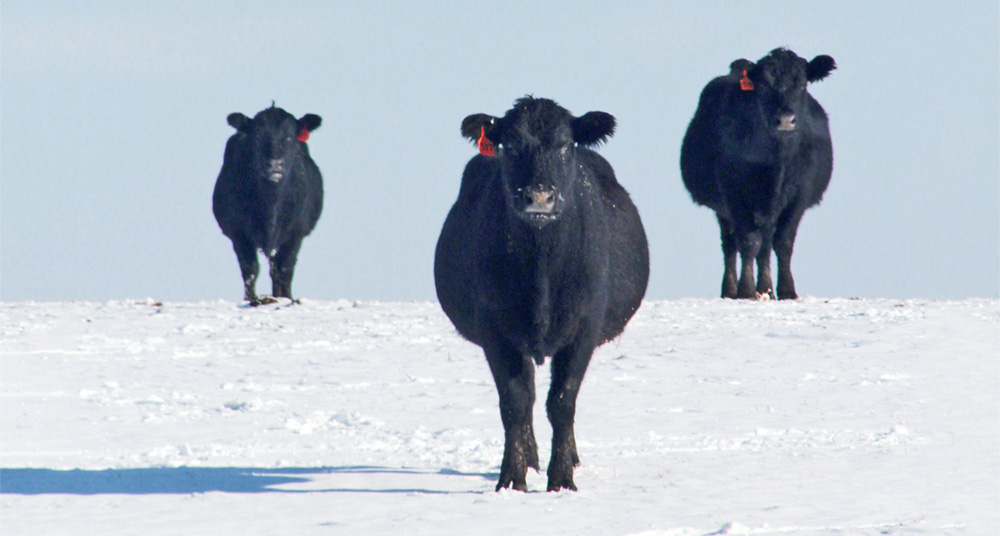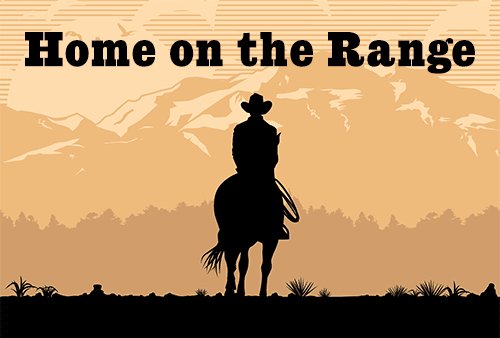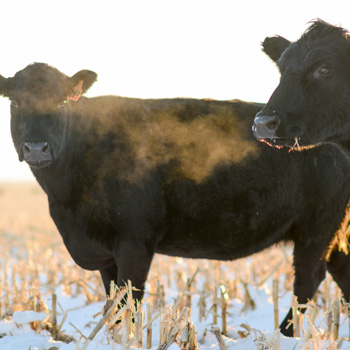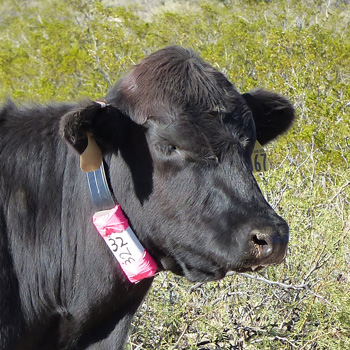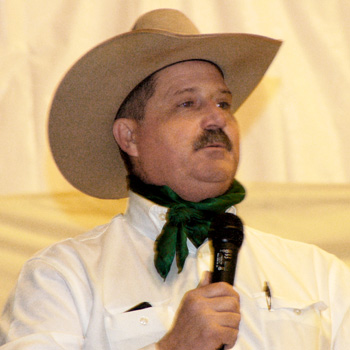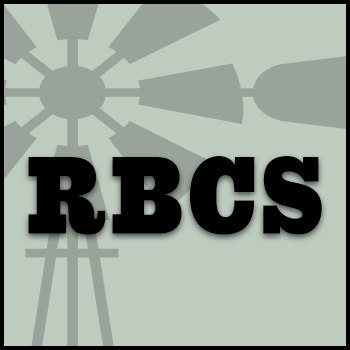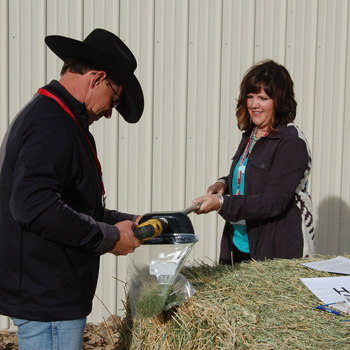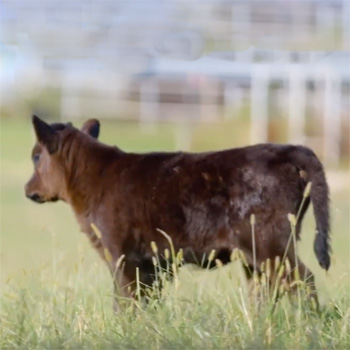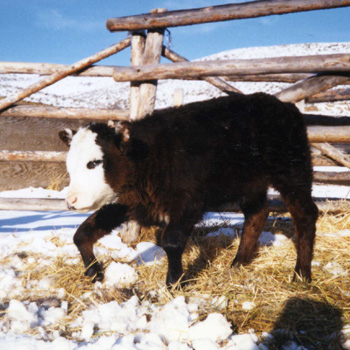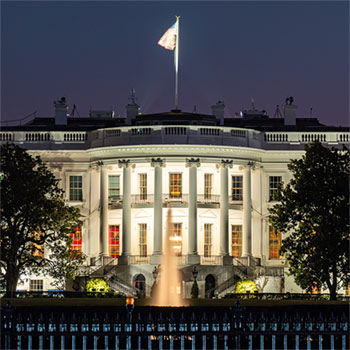Another Profit Avenue
Tips offered to use your commercial herd as recipients for embryo transfer.
Unless we do things out of the ordinary, beef is a commodity. A commodity is by definition a break-even game, admitted Scott Lake, associate professor and beef extension specialist for the University of Wyoming. To beat that statistic, Lake suggested thinking out of the box for profit potential — implants, ionophores, beta agonists, artificial insemination and even embryo transfer.
